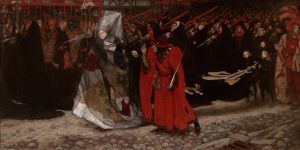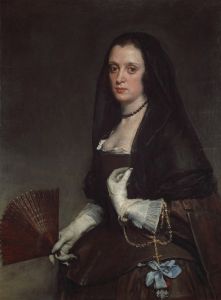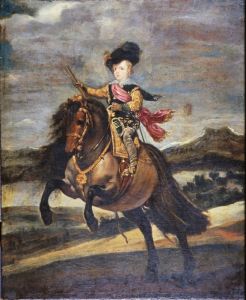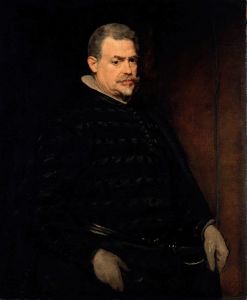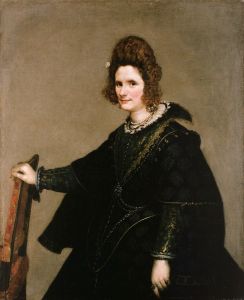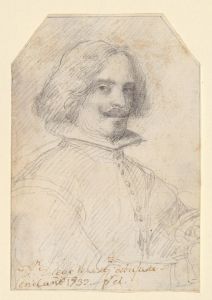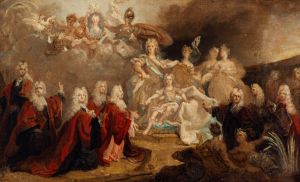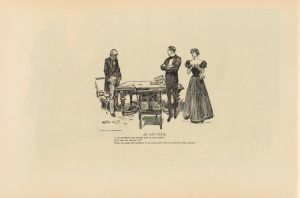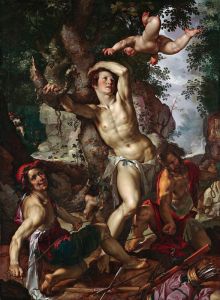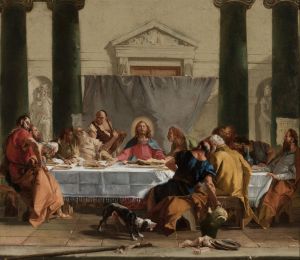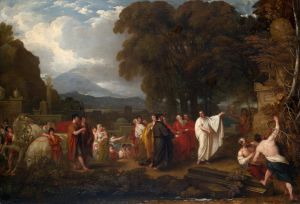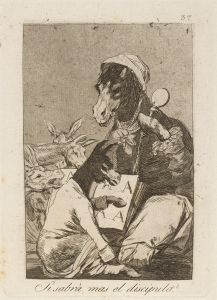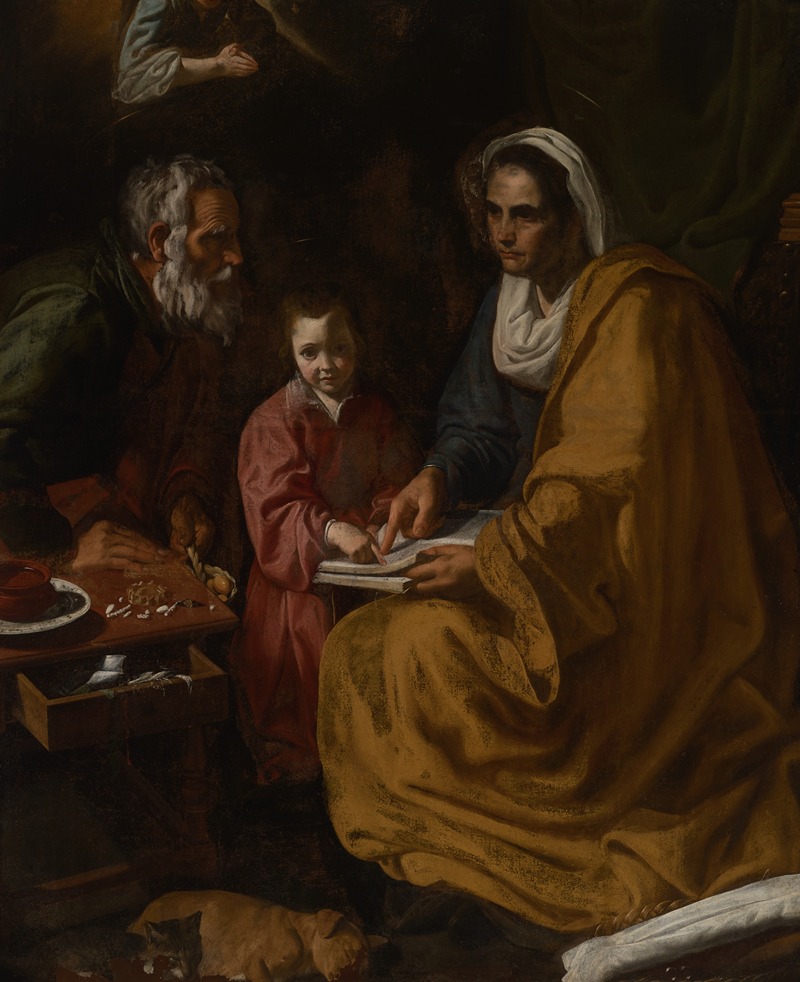
The Education of the Virgin
A hand-painted replica of Diego Velázquez’s masterpiece The Education of the Virgin, meticulously crafted by professional artists to capture the true essence of the original. Each piece is created with museum-quality canvas and rare mineral pigments, carefully painted by experienced artists with delicate brushstrokes and rich, layered colors to perfectly recreate the texture of the original artwork. Unlike machine-printed reproductions, this hand-painted version brings the painting to life, infused with the artist’s emotions and skill in every stroke. Whether for personal collection or home decoration, it instantly elevates the artistic atmosphere of any space.
Diego Velázquez's The Education of the Virgin is a painting attributed to the Spanish Baroque master Diego Velázquez, created during the early phase of his career. The artwork is believed to have been painted around 1617–1618, during Velázquez's time in Seville, where he was beginning to establish himself as a prominent artist. This period of his career is characterized by religious themes and a naturalistic style influenced by his teacher, Francisco Pacheco, and the broader artistic trends of the Spanish Golden Age.
The painting depicts the Virgin Mary as a young girl being taught by her mother, Saint Anne, under the watchful gaze of Saint Joachim, her father. The scene is intimate and domestic, emphasizing the human and familial aspects of the holy figures. Saint Anne is shown instructing Mary, likely teaching her to read, which aligns with traditional iconography emphasizing Mary's piety and preparation for her role as the Mother of Christ. The figures are rendered with a sense of realism and attention to detail, hallmarks of Velázquez's early style.
The composition of the painting reflects Velázquez's skill in creating a naturalistic and harmonious arrangement of figures. The use of light and shadow, a technique known as tenebrism, highlights the central figures and adds depth to the scene. The earthy color palette and textured brushwork are characteristic of Velázquez's early works, influenced by the naturalism of Caravaggio and the Spanish tradition of religious art.
For many years, the painting's attribution to Velázquez was debated among art historians. However, recent scholarship and technical analysis have supported its authenticity as an early work by the artist. The painting is significant as it provides insight into Velázquez's development as an artist and his engagement with religious themes before moving to Madrid and becoming the court painter for King Philip IV.
The Education of the Virgin is currently housed in the Yale University Art Gallery in New Haven, Connecticut. It was rediscovered in the 20th century and identified as a work by Velázquez, adding to the relatively small number of paintings attributed to the artist. Its discovery has contributed to a deeper understanding of Velázquez's early career and the artistic environment of Seville during the early 17th century.
This painting remains an important example of Velázquez's early exploration of religious subject matter and his ability to convey human emotion and divine themes through his art.





